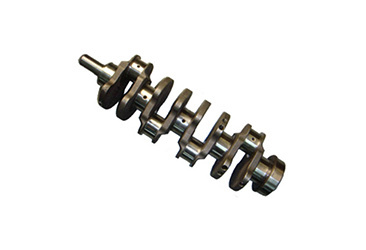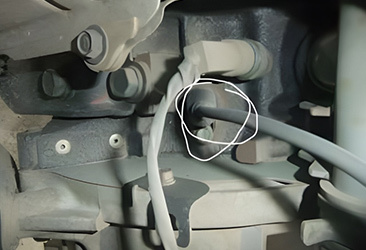The effective performance indicators of an automobile engine are based on the net power output at the crankshaft.
Release time:
2021-07-13
The work done in a unit of time is called power. When an engine cylinder completes a working cycle, the useful work done by the compressed gas on the piston in a unit of time is called indicated power.
1. Effective Power
The work done in a unit of time is called power. When the engine cylinder completes a working cycle, the useful work done by the compressed gas on the piston in a unit of time is called indicated power. The net power output from the engine crankshaft through the flywheel is called effective power, measured in kW (kilowatts). During engine operation, there are friction losses from moving parts inside the engine, and power is also consumed to drive auxiliary mechanisms (oil pump, water pump, valve mechanism, ignition device, etc.), which are collectively referred to as mechanical loss power.
The effective power of an engine is obtained from engine bench tests. For example, the CA6102 engine used in the Jiefang CA1092 vehicle has a power output of 99 kW at 3000 RPM, which refers to its effective power at that speed.
2. Effective Torque
The torque measured at the output end of the engine crankshaft is called effective torque. Effective torque balances with the resistance torque applied externally to the engine crankshaft. For example, the effective torque of the CA1092 vehicle engine can be measured as 373 N·m at 1200-1400 RPM.
3. Mean Effective Pressure
The effective work done by an engine in a unit cylinder working volume is called mean effective pressure.
4. Effective Fuel Consumption Rate
The effective fuel consumption rate refers to the amount of fuel consumed per unit of effective work or is also known as effective fuel consumption rate.
Latest News









